How to Connect a Fan to a Car Battery – Easy Method!
To connect a fan to a car battery, ensure safety by turning off the vehicle and disconnecting the negative terminal. Use a 12V fan, an inline fuse, and a proper wire gauge. Connect the fuse to the positive terminal, ground the fan, secure connections, and test with a multimeter.
Understanding the Basics of Connecting a Fan to a Car Battery:
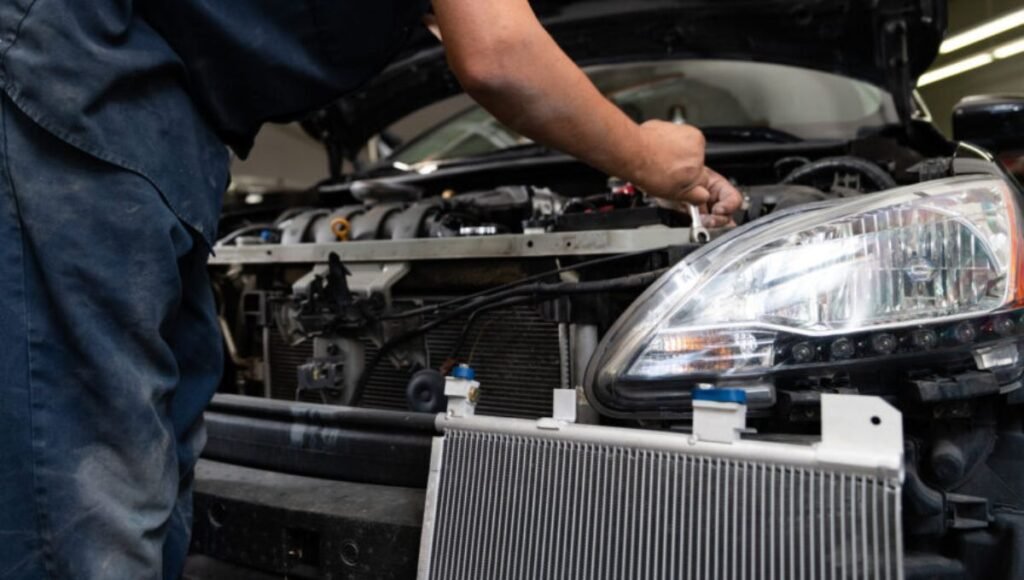
Why You Might Want to Connect a Fan to a Car Battery:
Connecting a fan directly to a car battery can be a practical solution when you need extra cooling, particularly for off-roading, summer driving, or even as part of a DIY project to enhance engine cooling.
By connecting a fan to a car battery, you can keep the fan running independently of the engine, allowing for cooling before, during, and after a drive.
This setup is especially beneficial for preventing engine overheating and is popular among enthusiasts who enjoy modifying or upgrading vehicle components for optimal performance.
Advantages of Using a Car Battery for Powering a Fan:
Using a car battery to power a fan offers flexibility and independence from the vehicle’s primary electrical circuit. When connected directly to the battery, the fan can be operated manually or automatically, helping maintain cooler temperatures even after the car is turned off.
This setup can increase engine life by reducing excess heat, preventing critical components from overheating, and be especially useful if your vehicle is under heavy use or high-heat conditions.
Plus, adding an electric fan that runs independently of the engine-driven fan reduces drag on the engine, potentially increasing efficiency and power.
Types of Fans Suitable for Car Battery Connection:
Choosing the right fan for your cooling setup is crucial. Electric fans designed for automotive use, including radiator cooling fans and auxiliary blower fans, are generally best suited for connection to a car battery.
Smaller 12V portable fans may be appropriate for auxiliary use within the cabin, while high-performance cooling fans are ideal for the engine bay. These fans are durable, capable of high airflow, and are available in various models, such as:
- Radiator Cooling Fans: Designed to pull or push large volumes of air through the radiator to cool the engine.
- Blower Fans: These are compact, powerful fans that can target specific areas for cooling.
- Oscillating Fans: Useful for broad, dispersed cooling inside the cabin or around specific engine areas.
Essential Safety Precautions Before You Begin:
Safety is paramount when working with electrical connections to a car battery. Before starting, turn off the vehicle’s ignition and disconnect the negative battery terminal to prevent accidental shorts or electric shocks.
Wear insulated gloves and eye protection, as batteries contain acid and hold a significant amount of power that can be hazardous.
Use an inline fuse for added protection, preventing damage from short circuits and overloads. Also, consider working in a well-ventilated area, as batteries can emit gas, and ensure that all metal tools are insulated.
read also: Can Using Aftermarket Parts Cause Battery Drain – Common Mistakes!
Gathering the Necessary Tools and Materials:
Checklist of Tools for DIY Fan Setup:
Here is a checklist to help ensure you have all the necessary items:
- 12V Electric Fan (ideally an automotive cooling fan)
- Wiring Kit with red and black wires (preferably 16-gauge for general fans or 12-gauge for high-power fans)
- Inline Fuse (20-30 amps for most car fans)
- Relay Switch for automatic fan control
- Fan Switch (temperature or manual switch)
- Multimeter for testing
- Connectors and Clamps for secure connections
- Insulated Screwdriver for safe handling
- Protective Wire Sleeves to prevent wear from heat or friction
Understanding Wire Gauges and Connectors:
Wire gauge plays a crucial role in ensuring a stable current flow. Smaller fans, such as cabin blowers, can use 16-gauge wire, but larger cooling fans require 12-gauge wire to handle higher currents without overheating.
The choice of connectors—such as crimp connectors, spade connectors, or quick disconnects—is also essential for a secure, reliable setup. Using quality connectors minimizes the risk of loose connections, which can lead to issues like sparking or overheating.
Selecting the Right Electric Fan for Your Car Battery:
Selecting a fan compatible with your car battery and intended purpose is essential. High-quality 12V fans are designed specifically for automotive use, as they are durable, compact, and optimized for the 12V power that car batteries supply.
For primary cooling, a high-performance radiator fan with a strong motor and well-designed blades offers reliable cooling without draining excessive battery power. Additionally, fans with a low amp draw extend battery life while still providing effective airflow.
Optional Accessories for Improved Fan Performance:
Certain accessories enhance the safety and efficiency of your fan setup. Consider including a fan relay switch, which enables automatic fan control based on temperature settings, a temperature sensor that automatically triggers the fan at a set heat threshold, and a battery maintainer to keep the car battery charged if the fan is used frequently. Installing a thermostat-controlled switch can also reduce manual operation and improve convenience.
Step-by-Step Guide to Setting Up the Fan Connection:
Preparing the Car Battery: Safety Measures and Precautions:
Before making any electrical connections, ensure that your car is parked on a flat surface, the ignition is off, and the key is removed.
Disconnect the negative terminal first to prevent accidental grounding or short circuits. Verify the condition of the battery terminals, cleaning any corrosion or debris from the positive and negative contacts, as these can interfere with the current flow and cause loose connections.
Transcript: Wiring the Fan to the Car Battery Step-by-Step
- Attach the Inline Fuse: Connect one end of the inline fuse to the positive battery terminal using a secure clamp. This fuse will protect the setup from potential overloads.
- Connect the Positive Terminal to the Fan: Attach the other end of the inline fuse to the positive (red) wire of the fan motor. Ensure this connection is secure to avoid disconnections while driving.
- Ground the Fan: Attach a ground wire (black) from the fan to the negative terminal on the battery or an appropriate grounding point on the car’s chassis. This completes the circuit and provides a path for current flow.
- Mount the Fan: Place the fan in the designated area, securing it with screws or brackets to prevent vibrations that could disrupt connections. Ensure it faces the radiator or other areas needing airflow.
- Test the Setup: Use a multimeter to verify the connections, checking for continuity and confirming the correct voltage level.
Connecting the Wires Safely and Efficiently:
Following a wiring diagram specific to your fan’s model and ensuring organized routing of wires prevents overheating and accidental disconnections.
Run wires through protective sleeves, securing them to avoid interference with other engine components. Avoid sharp edges or heated areas, which could wear down the insulation.
Testing the Setup Before Finalizing Connections:
Turn on the fan to confirm it’s receiving power from the battery. If the fan uses a temperature-controlled switch, test its functionality by checking if it activates at the designated temperature. Verify that the fan speed is appropriate and that there are no unusual noises or vibrations.
Choosing the Right Fan and Wiring for Optimal Cooling:
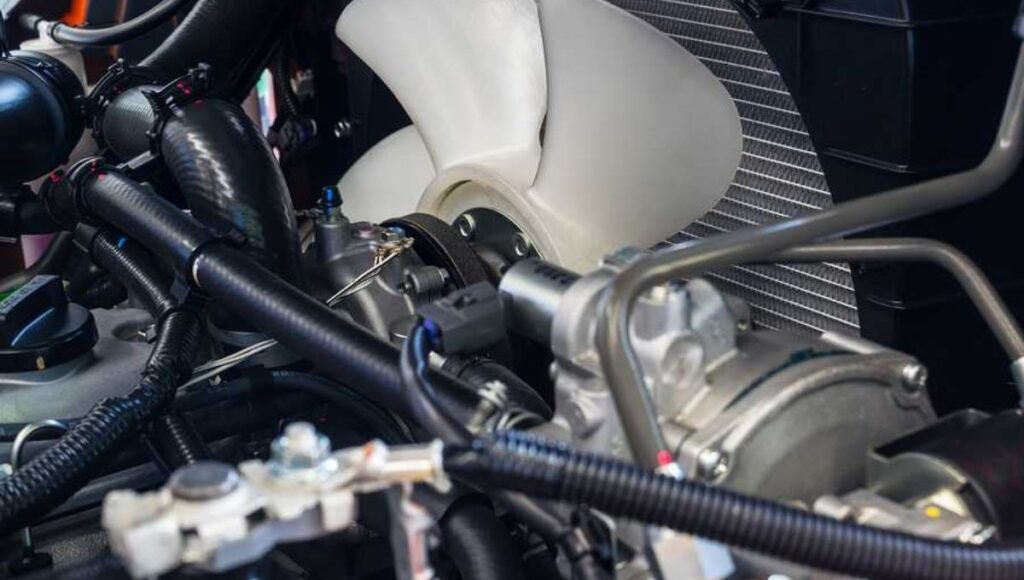
Why Electric Fans Are Ideal for Battery-Powered Cooling:
Electric fans offer a reliable, consistent cooling solution because they run independently of engine speed. They provide full power regardless of the car’s RPM, making them ideal for maintaining a stable temperature under all driving conditions.
Unlike mechanical fans, electric fans can be activated manually or automatically, offering more control over cooling.
Description of Different Fan Types: Blowers, Oscillating, and Cooling Fans
Blower fans deliver focused airflow, making them excellent for specific engine components or hard-to-reach areas. Oscillating fans are suited for wider air distribution, such as inside the cabin or to supplement the main radiator fan.
Radiator fans, often mounted directly on or near the radiator, are engineered to handle the high temperatures and airflow demands of the engine bay, providing comprehensive cooling.
Choosing the Right Wire and Connectors for Reliable Performance:
Use a wire gauge that can handle the current draw of the fan without overheating. Higher gauge numbers mean thinner wires, which can lead to overheating if used for high-power fans.
Select connectors that match the wire and provide strong, vibration-resistant joins, such as crimp connectors or soldered connections.
How to Secure the Fan for Optimal Airflow and Stability:
Fan stability is essential for performance and longevity. Secure the fan with appropriate hardware, avoiding close placement to moving engine parts. Use rubber mounts or vibration dampeners to prevent excessive noise and wear, ensuring that the fan remains securely in place.
read also: Can Using Too Many Accessories at Once Drain Your Battery – Shocking Truth!
Tips for Troubleshooting Common Connection Issues:
Identifying Wiring Problems and Loose Connections:
Loose or disconnected wires often cause intermittent fan operation or total shutdown. Regularly inspect connections, tightening any loose clamps or terminal connections.
How to Ensure the Fan Draws the Right Power from the Battery:
Confirm the fan’s power draw using a multimeter to avoid overloading the battery or creating undue drain. The fan should not draw more than the battery or fuse can safely supply.
Transcript of Common Fan Problems and Quick Fixes:
Common issues like a non-functioning fan or overheating typically stem from issues in wiring, inadequate grounding, or a faulty fuse. Check connections, relays, and switches regularly, replacing any worn components as needed.
Avoiding Short Circuits and Battery Drain:
Proper wire routing and secure connections reduce the risk of shorts. Install a fan relay or use a fan switch to shut off the fan when it’s not needed, preserving battery life.
Maximizing the Effectiveness of Your Cooling Fan:
Positioning Your Fan for the Best Cooling Effect:
A well-positioned fan optimizes airflow in the engine bay. Avoid obstructing airflow with other components, and position the fan where it will draw air over the radiator or other critical areas.
Using Battery Maintainers to Prevent Drain During Extended Use:
If using the fan extensively, a battery maintainer keeps the car’s power levels stable, avoiding drain or sudden battery failure. Maintainers are especially useful in hot climates or extended engine-off use.
Adjusting Fan Speed and Power for Optimal Cooling:
Fan controllers allow fine-tuning of fan speed, providing a balance between cooling needs and power usage. This is ideal for custom setups where multiple fans are used.
DIY Tips for Improving Your Fan Setup’s Efficiency:
Consider using an inverter or relay to add flexibility to your setup, such as connecting multiple fans or setting up temperature-based control. Regularly inspect wiring and connectors, and upgrade components as necessary for optimal performance.
Maintaining Your Fan and Battery for Long-Term Use:
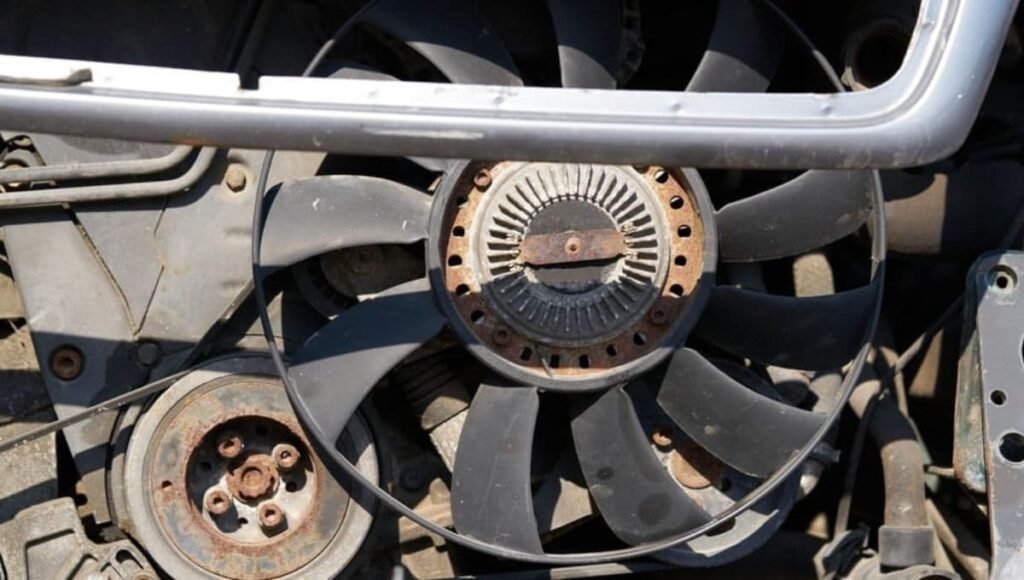
Routine Maintenance: Keeping Your Fan and Wires in Top Condition:
Keep fan blades free from debris, and regularly check wiring for wear. Clean and replace any components as needed to maintain a safe and efficient setup.
Cleaning and Inspecting Connections for Safety:
Battery connections can corrode over time, affecting performance. Periodically clean terminals and use dielectric grease to protect them from moisture and corrosion.
Replacing Worn Components and Upgrading Your DIY Setup:
Upgrade fuses, relays, or the fan itself as needed. Worn wires, degraded connectors, or an old fan can reduce system efficiency and increase the risk of issues.
How to Safely Disconnect and Store Your Fan and Battery:
When storing or disconnecting, detach all wires from the battery, and store the fan in a dry, protected area. Cover terminals and connections to prevent dust and corrosion.
read also: How to Open Hood of Car with Dead Battery – Quick Fix!
FAQ’s
1. Can I connect any fan to my car battery?
For best results, use 12V electric fans designed for automotive use, such as radiator or blower fans, as they’re durable and efficient with car batteries.
2. Why should I connect a fan directly to the battery?
Connecting directly to the battery allows the fan to run independently of the engine, providing cooling before, during, or after driving.
3. What safety steps should I take before connecting a fan to the battery?
Disconnect the negative battery terminal, wear insulated gloves, use an inline fuse, and keep the area well-ventilated.
4. How do I prevent my fan from draining the battery?
Install a fan switch or relay to control when the fan operates, or use a battery maintainer for extended usage.
5. Can I use household fans with my car battery?
No, household fans aren’t compatible with a car’s 12V system. Use fans specifically rated for automotive use to avoid electrical issues.
Conclusion:
In summary, connecting a fan to a car battery offers versatile, independent cooling ideal for intense driving conditions. Ensuring a secure setup with proper wiring, fuses, and safety precautions helps prevent overheating and extends engine life. With careful planning, this DIY setup can improve vehicle performance and cooling efficiency.
Read also:
Can I Use a Car Battery for a boat – Discover the Truth!
Can a Battery Issue Cause Your Car to Overheat – Discover the Answer!
Can a Weak Car Battery Cause ECU Problems – Save Your ECU From Harm!
Can a Weak Battery Affect Transmission Shifting – Shocking Truth!
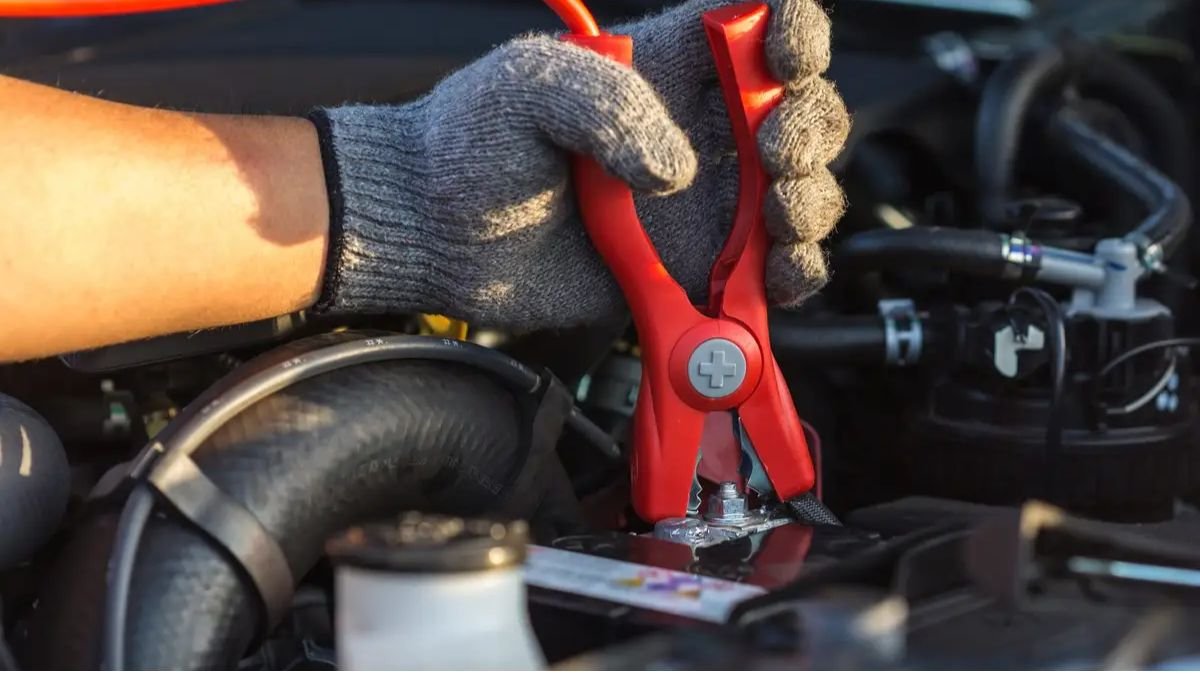

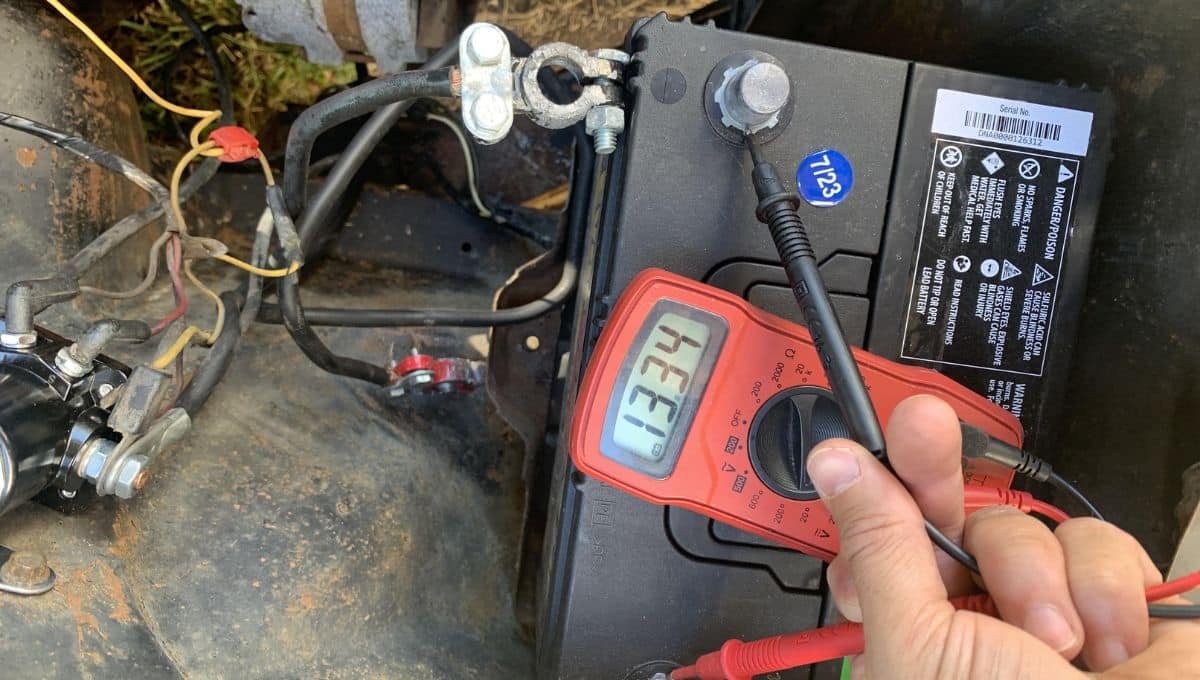


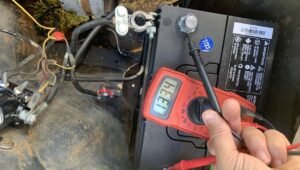


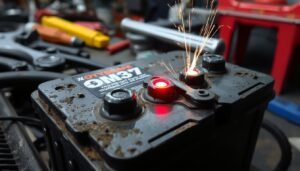

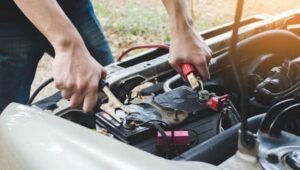
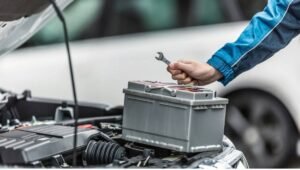
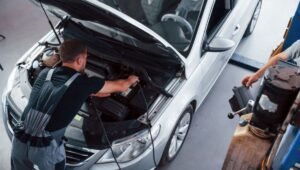
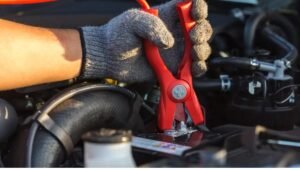
Post Comment